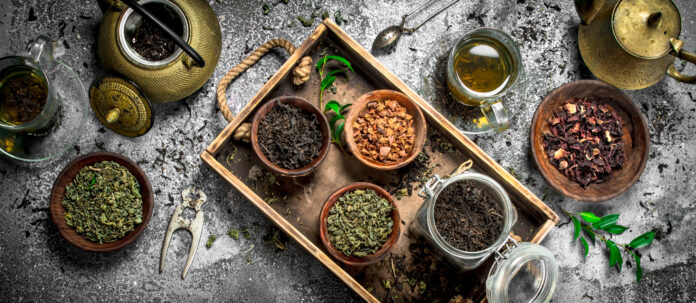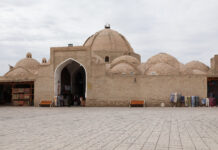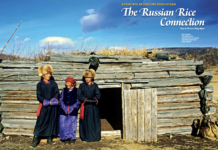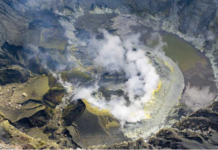Text by various authors
Images from Shutterstock and GASP
Herbs have been used for a variety of reasons across eras and cultures in human history. While herbs are often associated with the culinary arts (as they are frequently used as seasonings or garnishes), they are also used for numerous other purposes, including medicinal, ritual, spiritual and aromatic ones that date back centuries.
Asia has been no exception to this rule, having contributed a myriad of herbs to the global scene over the ages. Here are 6 amazing facts about several Asian herbs and their unique uses that you probably haven’t heard of…yet.
1. Genghis Khan’s Weaponisation of Mongolian Milkvetch
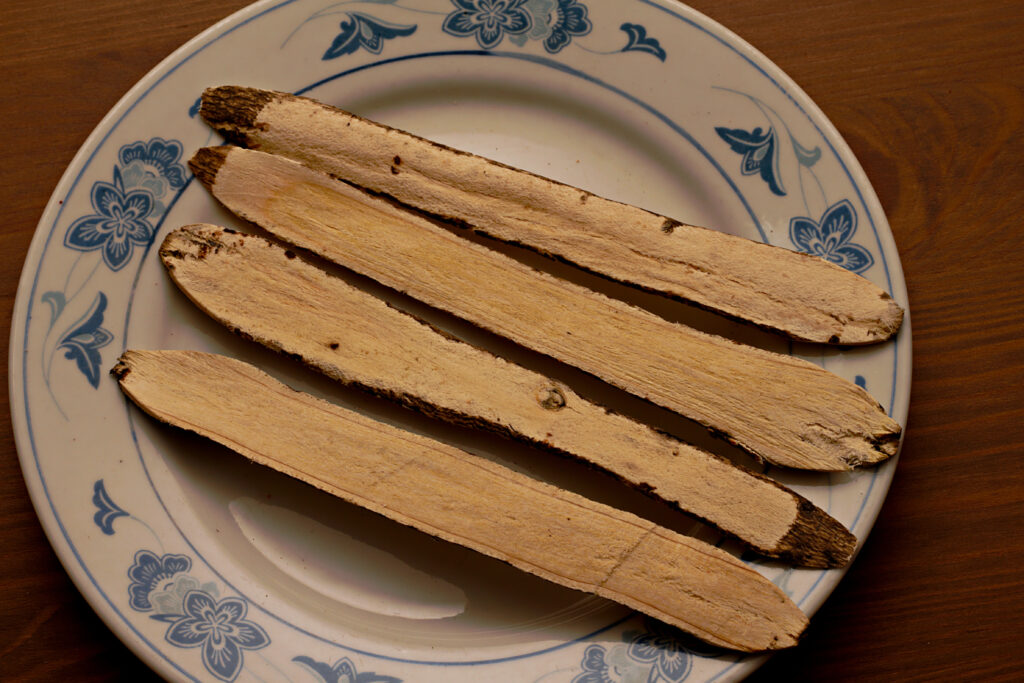
This antioxidant-rich herb has been sold as a life-prolonging substance for over 2,000 years, and is even said to have been used in tea given by Genghis Khan to his soldiers to enhance their courage and endurance in battle.
2. Yomogi in Chinese Heat Therapy
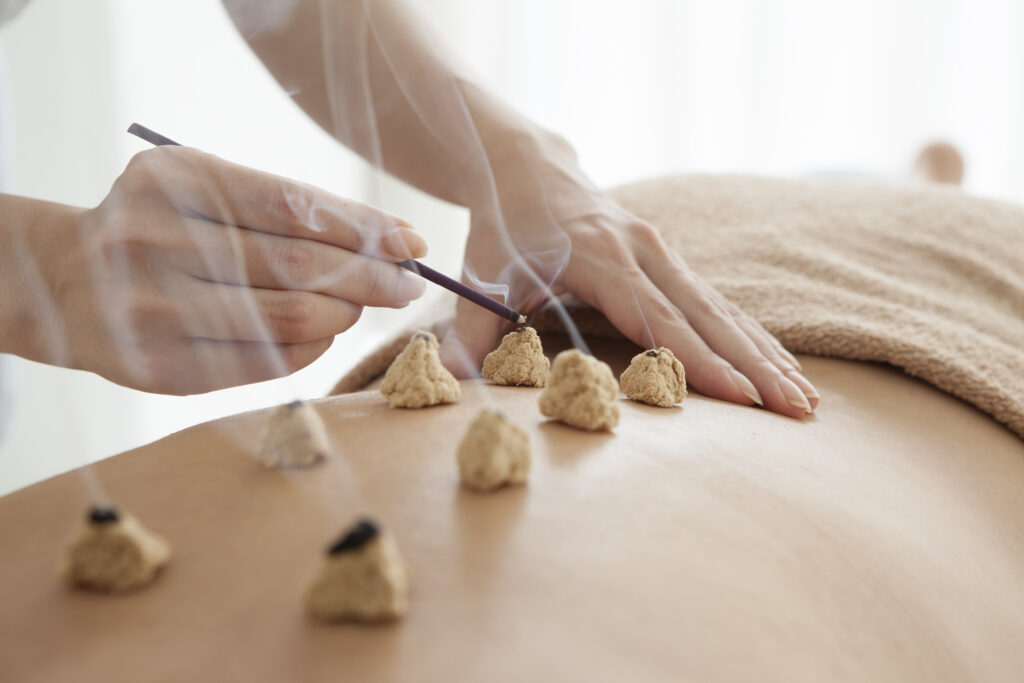
The fuzz on the underside of yomogi leaves is gathered to use in moxibustion, a form of traditional Chinese heat therapy in which dried plant materials (usually mugwort), called “moxa”, are burned on or close to the acupoints of the body. This process is said to enhance the flow of qi in the body and repel potential diseases.
3. Rice Shampoo and the “World’s Longest Hair Village”
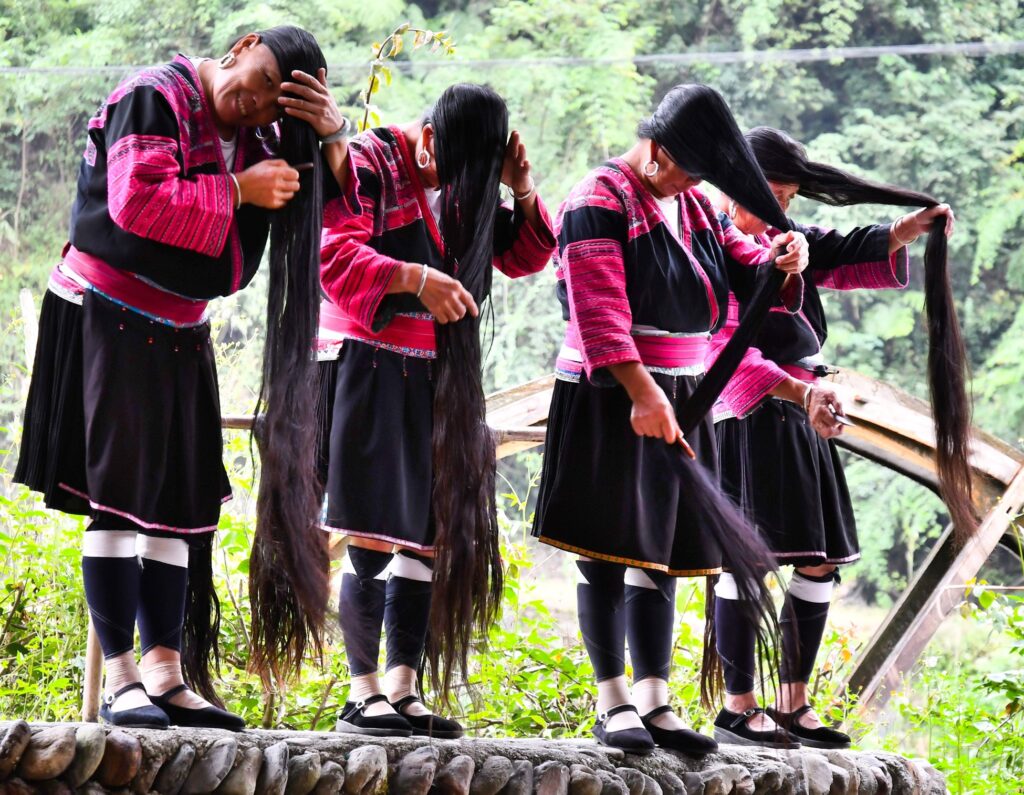
Huangluo Yao near Guilin, China, is in the Guinness Book of World Records as the “World’s Longest Hair Village” – perhaps thanks to their “rice shampoo”. The longest hair recorded was more than two metres long, while it’s common to see women with silky black tresses of at least 1.5 metres.
4. The Cultural Significance of Betel Leaves
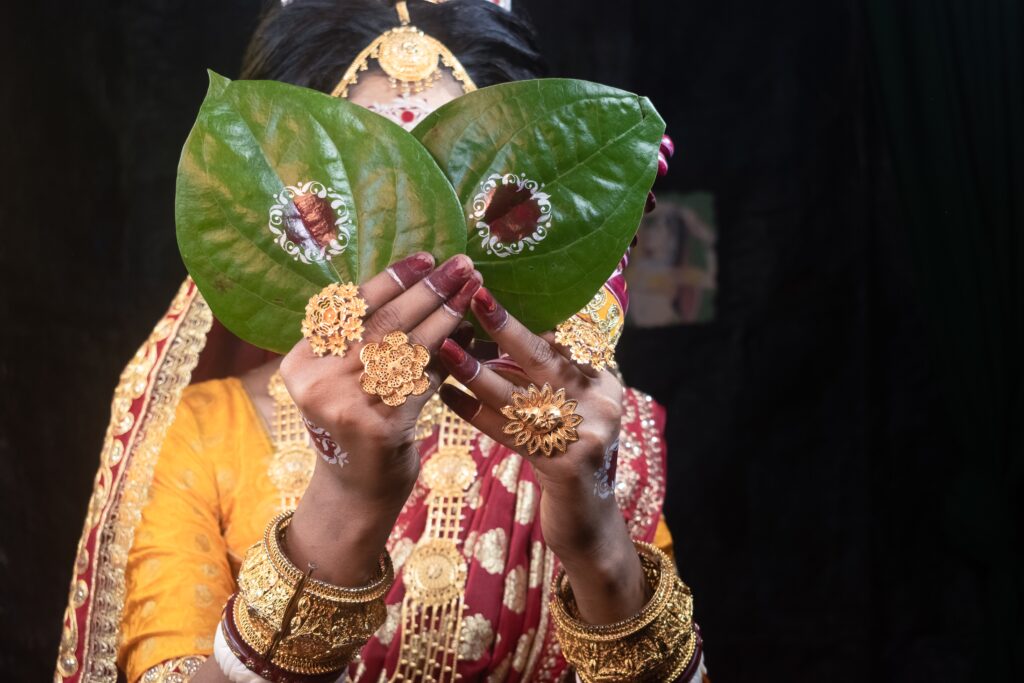
Betel leaves are used in various cultural practices and customs in Asia.
Bengali marriages see the bride entering the ritual with two betel leaves covering the bride’s face.
In northern India, betel leaves make up a kalash, an important arrangement in Hindu rituals. The heart-shaped leaves hang from the brim of a metal pot and a coconut is placed above it. The auspicious object is presented during Durga Pooja and Diwali.
At traditional Vietnamese weddings, the groom offers the bride’s parents betel leaves and areca nut as betrothal gifts. The Vietnamese phrase chuyên trâu cau, or “matters of betel and areca”, is symbolic of a ceremonious marriage.
5. Micro-gardening: The Sustainable Cultivation of Herbs
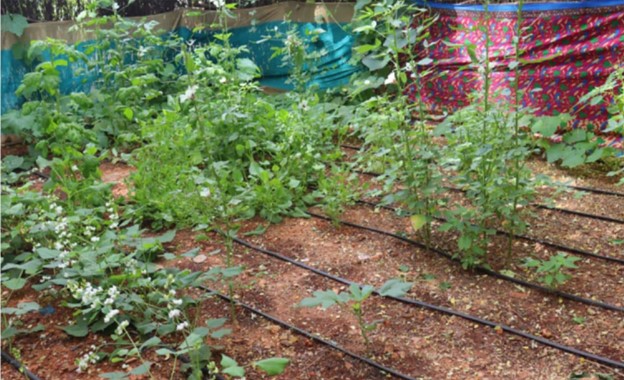
Nutri-gardens in India are a prime example of how we can bridge the gap between available food resources and its use in a sustainable manner. The concept of nutri-gardens was introduced to encourage tribal women in India to grow healthy food crops and herbs in their own backyards. This form of micro-gardening is an innovative solution to malnutrition and food insecurity, allowing for local and economical access to nutritious foods.
At the same time, farmer communities can work in these gardens in exchange for income. This alternative source of income makes them less dependent on industrial agriculture for their livelihood.
6. Southeast Asia’s Changing Stances on Cannabis
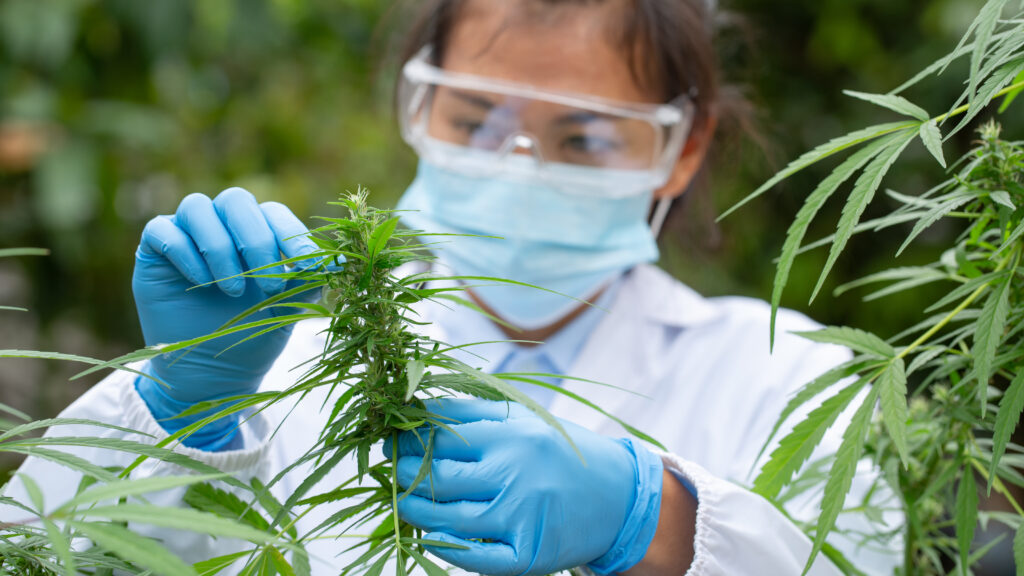
While cannabis remains largely criminalised under the majority of Asian law systems, several countries across Southeast Asia have made some exceptions to the usage of this herb.
Marijuana for medical use and research has been legal in Thailand since December 2018. In 2022, the country made history when they became the first Asian country to decriminalise the use of recreational cannabis.
The Malaysian government has approved the use of medical cannabis only if the importers have a legal licence and a permit that complies with the country’s laws.
Medical use of cannabis in the Philippines is largely illegal, but it is possible with a special permit from the Food and Drug Administration in the case of a serious or terminal illness.
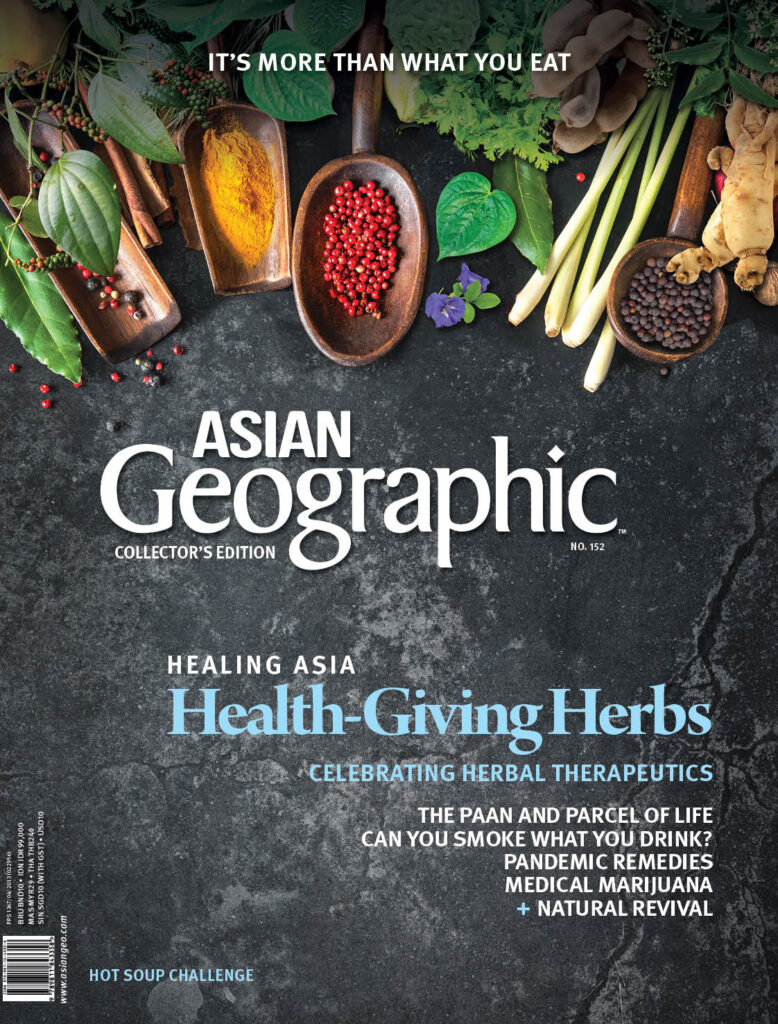 To learn more about the diverse properties and usages of herbs across Asia, get your copy of Asian Geographic Issue 1 / 2022 here.
To learn more about the diverse properties and usages of herbs across Asia, get your copy of Asian Geographic Issue 1 / 2022 here.
Subscribe to Asian Geographic Magazine here or for more details, please visit https://www.shop.asiangeo.com/.


